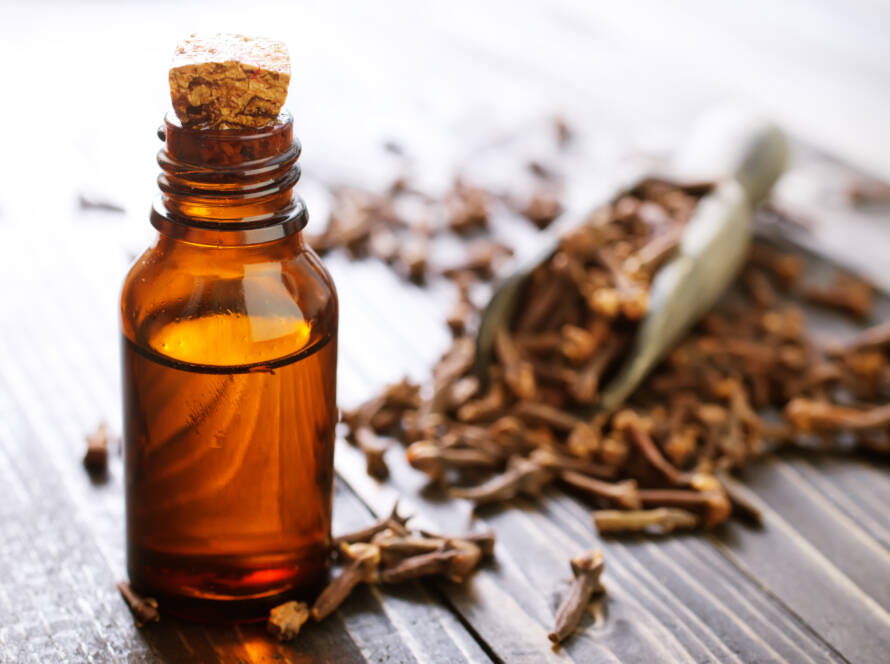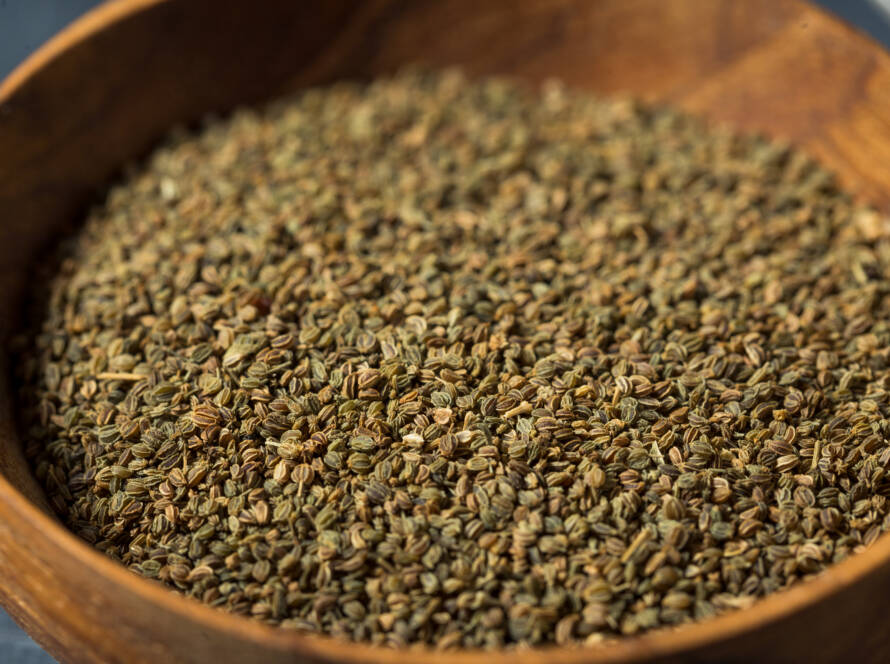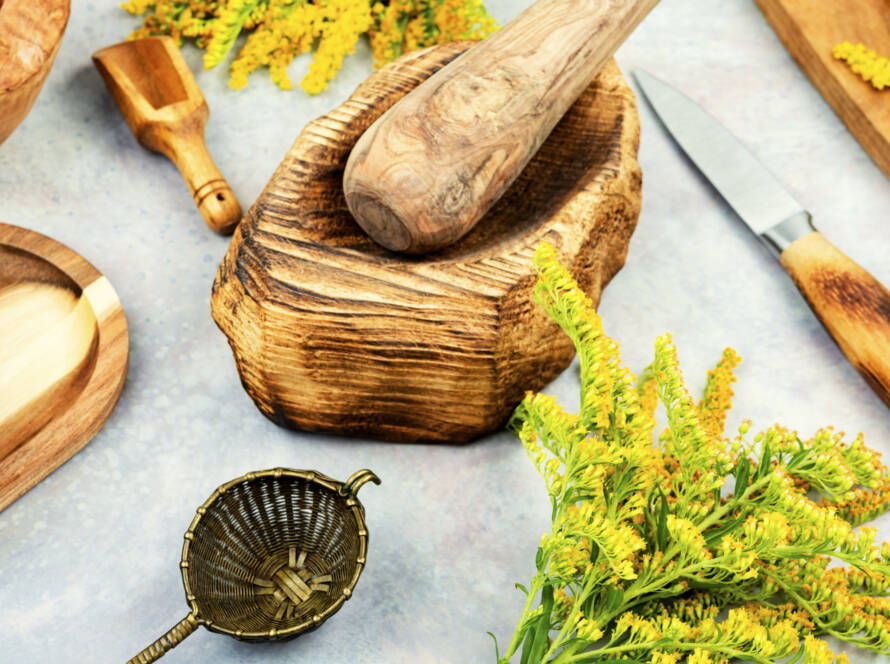Gotu Kola
Introduction
Gotu Kola, scientifically known as Centella asiatica, is a slender, creeping plant that thrives in swampy regions of India, Sri Lanka, Madagascar, South Africa, and other tropical areas. Traditionally, it has been used to address various health issues. Observations of elephants, known for their longevity, consuming the leaves led to the belief that Gotu Kola promotes a long life, with a recommended intake of a few leaves daily. Historically, it has been associated with treating ailments such as mental illness, high blood pressure, abscesses, rheumatism, fever, ulcers, leprosy, skin eruptions, nervous disorders, and jaundice, and is also considered an aphrodisiac. It is essential to distinguish Gotu Kola from the dried seeds of Cola nitida, which contains caffeine and acts as a stimulant. At the same time, Gotu Kola is caffeine-free and has sedative properties.
Common Names
- Gotu Kola
- Hydrocotyle
- Indian Pennywort
- Talepetrako
- Spadeleaf
- Asiatic Pennywort
Latin Name
Centella asiatica
Uses
Gotu Kola has been traditionally utilized for various health issues and as an aphrodisiac. It has shown effectiveness in treating wounds, varicose veins, skin disorders, and venous insufficiency, and it may enhance memory. Some limited evidence suggests it might have antifertility, hypotensive, and sedative effects.
Dosage
Crude doses of Gotu Kola typically range from 1.5 to 4 grams per day. Standardized extracts, particularly those focused on asiaticoside content, have been studied in clinical trials for venous insufficiency and wound healing at 30 to 90 mg daily doses. Wound healing studies often involve the topical application of a hydrogel ointment containing a titrated extract of C. asiatica (TECA).
Scientific Evidence
Recent studies have validated many of Gotu Kola’s traditional uses and have suggested potential new applications, including lowering high blood pressure, treating venous insufficiency, enhancing memory and cognitive function, alleviating anxiety, and accelerating injury healing.
Side Effects and Cautions
Some individuals may experience contact dermatitis from Gotu Kola. Three reported cases of hepatotoxicity in patients using C. asiatica for 20 to 60 days have been reported. It has documented emmenagogue effects, so its use should be avoided in certain circumstances.


